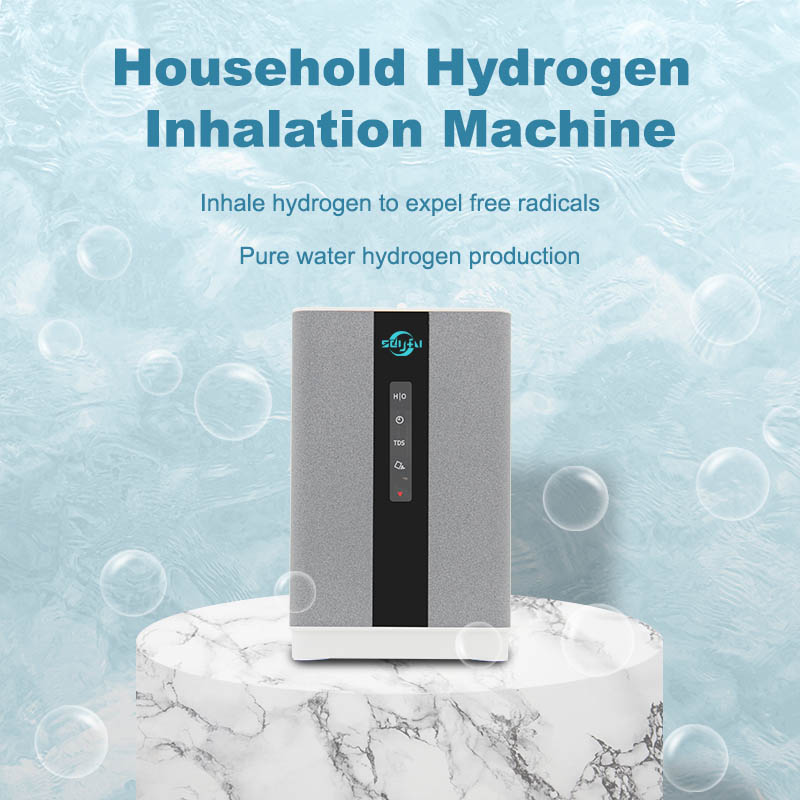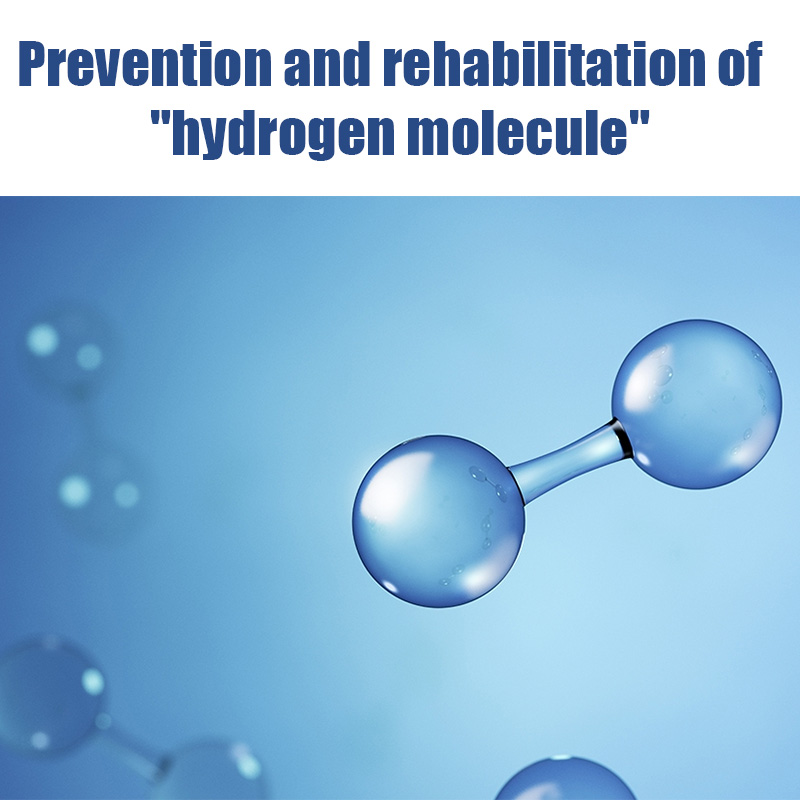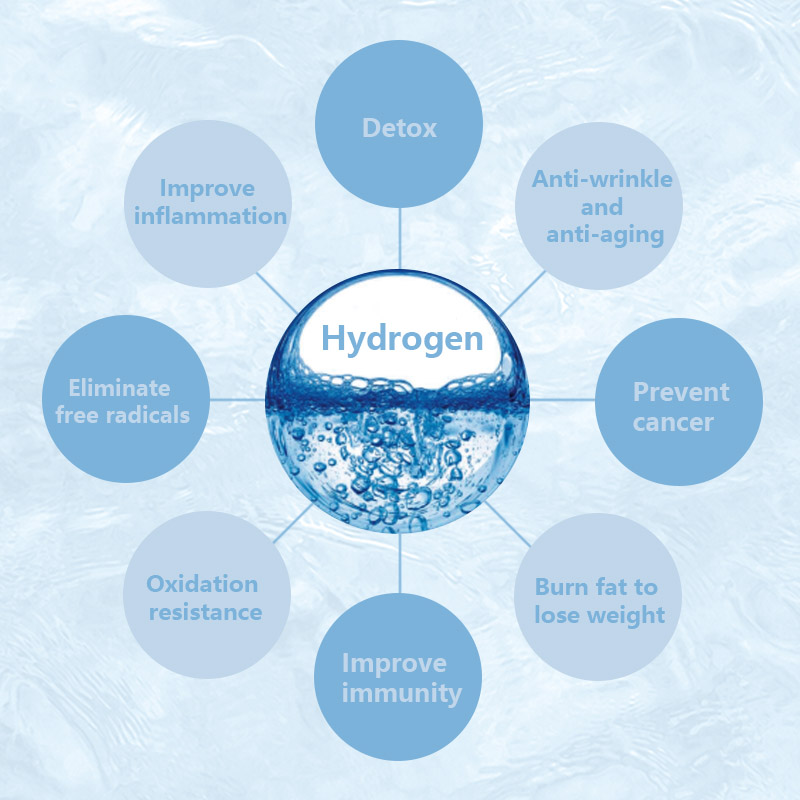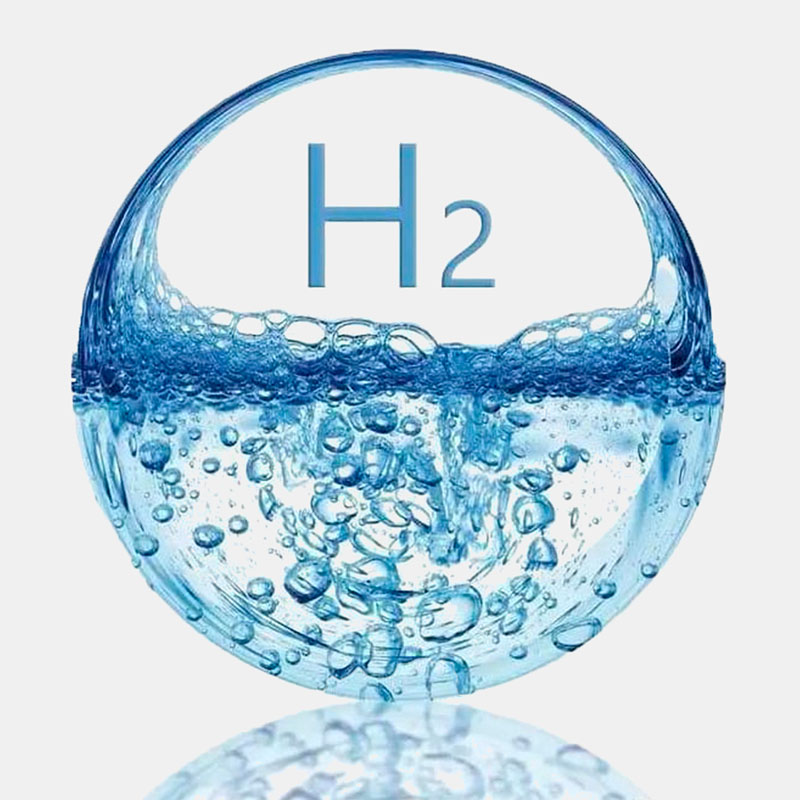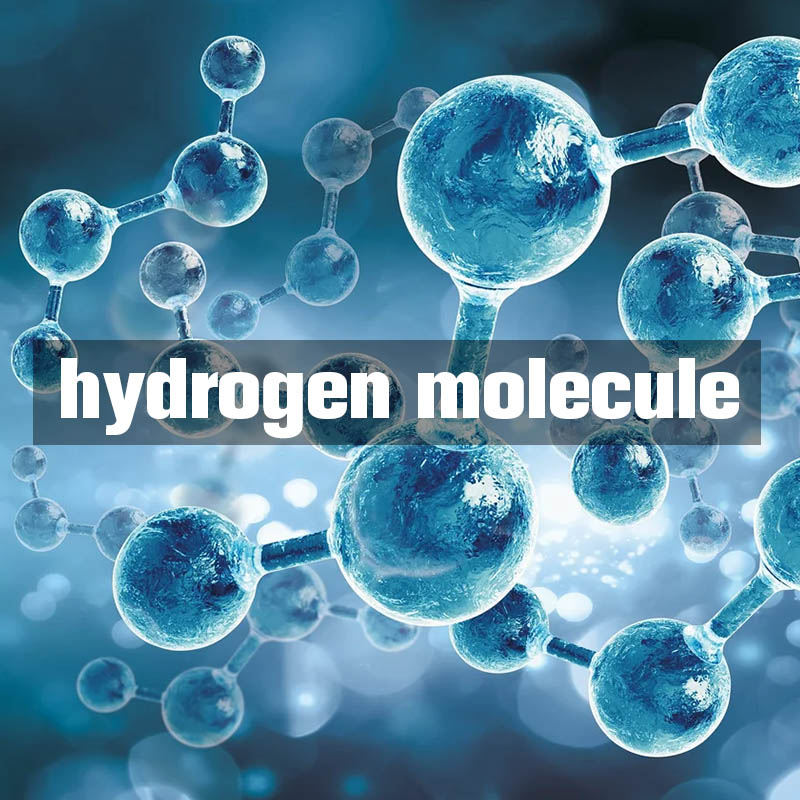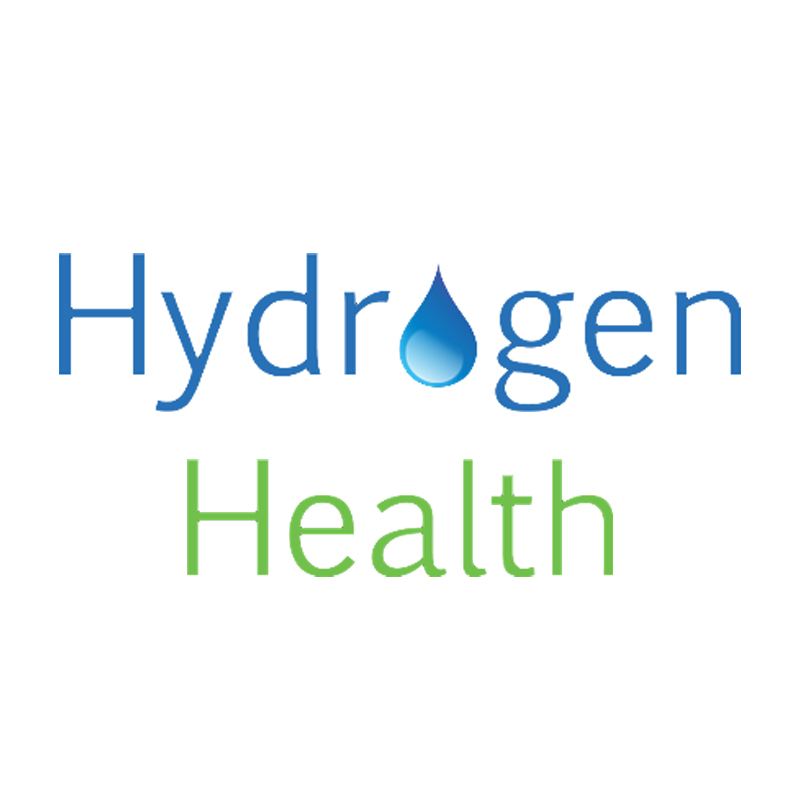2021-08-27
Easily inherited eight kinds of cancer, prevent with hydrogen?
At present, humans do not fully understand the mechanism of cancer, and the etiology of many cancers is not clear. There are more than 30 types of cancers that have been shown to have obvious genetic predispositions. 1. Breast cancer In the 1990s, breast cancer susceptibility genes brca1 and brca2 were discovered, but only 5% to 10% of breast cancers are related to genetic inheritance. Under normal circumstances, a mother or sister in a family has breast cancer, and the risk of her daughter or sister getting breast cancer is about three times higher than that of an average woman. 2. Ovarian cancer About 20%~25% of epithelial ovarian cancer is related to genetic factors. Family history of breast cancer, ovarian cancer, colorectal cancer, etc., may increase the risk of ovarian cancer in female members of the family. 3. Colorectal cancer Familial colon polyps are easy to develop into colorectal cancer. If parents have colorectal cancer caused by the above-mentioned diseases, the probability of their children suffering from the same type of cancer is as high as 50%. 4. Gastric cancer Among all patients with gastric cancer, 10% have obvious familial gathering tendency. A large amount of data shows that family tumor history, especially the history of gastric cancer in immediate family members, is a risk factor for gastric cancer. Relatives of patients with gastric cancer are two to three times more likely to develop gastric cancer than others. 5. Lung cancer A survey in Japan showed that 35.8% of patients with lung squamous cell carcinoma had a family history; among female patients with alveolar cell carcinoma, 58.3% had a family history. 6. Endometrial cancer According to statistics, about 5% of all endometrial cancer patients are caused by genetic factors. The age of onset of these patients is 10 to 20 years younger than the average age of patients with sporadic endometrial cancer. 7. Pancreatic cancer 5% to 10% of family members of pancreatic cancer patients also have a history of the disease. If more than one immediate family member (parents, siblings, children, etc.) suffers from the disease, the risk of the disease will increase significantly, and the disease usually occurs before the age of 50. 8. Prostate cancer If an immediate family member suffers from prostate cancer, the risk of prostate cancer will double. The relative risk of prostate cancer in two or more relatives will increase by 5 to 11 times. Epigenetics is currently a hot spot in biomedical research, and will provide an important knowledge base and possible treatment methods for explaining the causes of tumors and many chronic diseases. The surprising conditioning effect of hydrogen on a variety of diseases is mainly manifested in anti-inflammatory and anti-oxidant effects. Theoretically, it will definitely affect epigenetic changes through these pathways. In 2011, Japanese scholars used a high-fat diet combined with insulin deficiency in combination with...
View More
